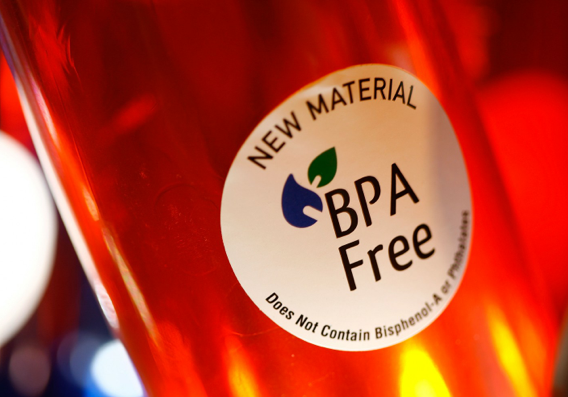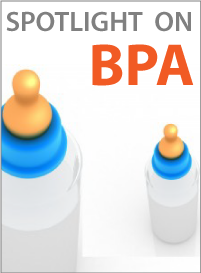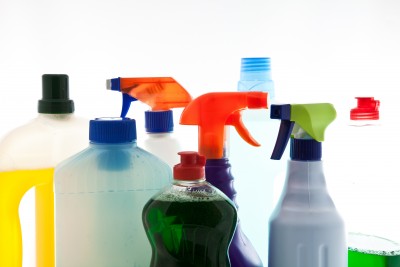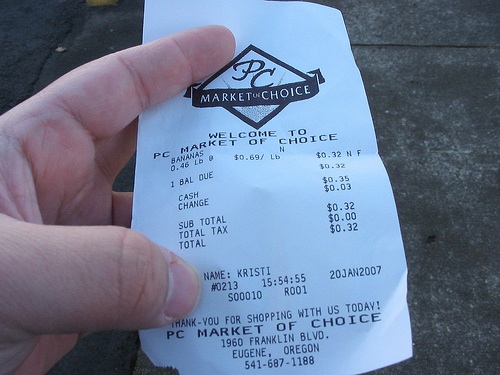BPA Alternative Proves Just as Bad.
 Monday, January 12, 2015 at 12:19PM
Monday, January 12, 2015 at 12:19PM 
University of Calgary scientists say they think their research is the first to show that bisphenol-S, an ingredient in many products bearing “BPA-free” labels, causes abnormal growth surges of neurons in an animal embryo. The same surges were also found with BPA, though not at the same levels as with BPS, prompting the scientists to suggest that all structurally similar compounds now in use or considered for use by plastic manufacturers are unsafe.
BPA and its alternatives are found in many polycarbonate plastics as well as the linings of food cans and register receipts. The chemical an endocrine disruptor, which mimics estrogen, and has been linked by many studies to prostate cancer, infertility, asthma, heart disease and a number of neurodevelopmental disorders. Researchers found, in this study, that BPA and BPS (the alternative) specifically affected male brain growth potentially indicating why more boys are diagnosed with autism. “Finding the mechanism linking low doses of BPA (or BPS) to adverse brain development and hyperactivity is almost like finding a smoking gun,” Hamid Habibi, one of the authors of the study, said in a news release.
 Science |
Science |  2 References
2 References 





